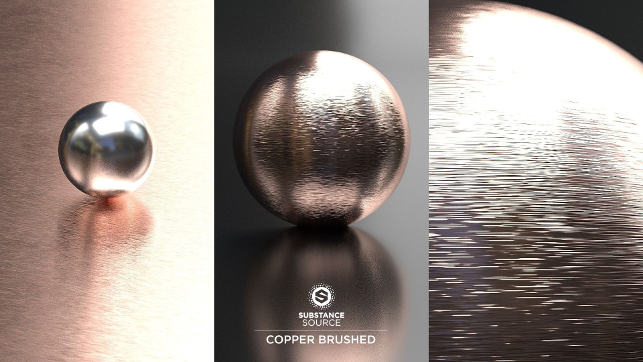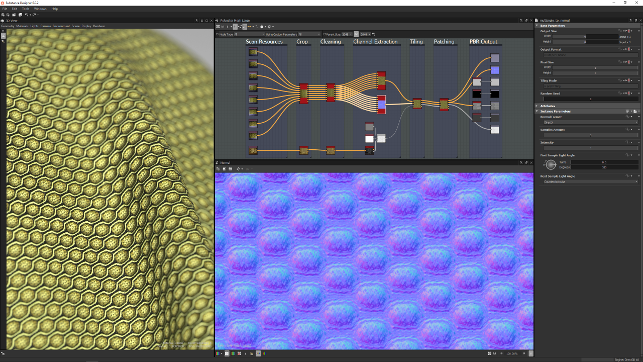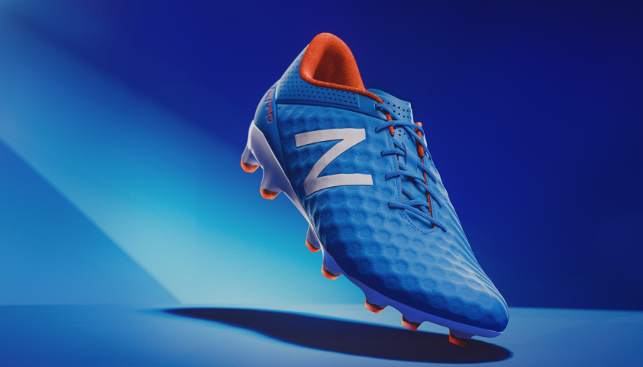
Hyundai and Allegorithmic created a full set of materials for the Hyundai Genesis 380 using Substance Designer (Image courtesy of Hyundai)
France-based Allegorithmic is a software developer of 3D content creation tools. Starting out in 2003 with the aim of reimagining the process of texture creation, today its Substance suite of tools is used widely by 3D professionals in a range of industries for PBR (physically based rendering) material authoring. The software appealed initially to users in the gaming industry but over the years it is increasingly being used by designers, engineers and architects to fulfill their need for rapid, efficient texturing.
D3D: Let’s start with the basics – what do Allegorithmic and its Substance Designer application do?
PM: We make the Substance suite of tools, a collection of software applications and services that help designers create and customise virtual materials. Substance Designer is made for designers that want to create their own PBR materials. Those materials can be created procedurally through algorithms, from scans or even a mix of the two. Where Substance materials really stand out compared to classic texture maps is how malleable they are. Everything can be adjusted by the user, enabling designers to experiment with ideas in a much more fluid and photorealistic way.


Substance Source is a pre-made library of PBR materials including tweakable, flexible materials such as copper brushed and mahogany wood
D3D: Although more designers and engineers are taking advantage of photorealistic visualisation techniques, many rely on pre-baked materials and textures. So why invest in your tools?
PM: Quality and flexibility. When you rely on an existing texture map, you have to make tradeoffs. Colour, finish and texture – these elements are so ingrained in the product experience but are often skipped due to virtual limitations.
With Substance, designers don’t have to make those compromises.
Our tools allow users to do stunning renderings with a level of realism never before achieved in the material world. Users can finally match their exact design intent. For customers like Louis Vuitton and Dassault Aviation, where quality is a part of the brand identity, this is a must. Our users also have access to tweaks, scan processing and Substance Source (our ever-growing library of high-fidelity, ready-made materials), so most are finding that they are spending less time with the materials and more time on the creative process.
D3D: What applications does Substance Designer work alongside?
PM: Since you can always export texture maps (in 1-8K), Substance Designer works with all 3D software. Over the years, we’ve also created deeper integrations with game engines like Unreal and Unity; 3D modelling tools like 3ds Max, Maya, Cinema 4D and Modo; and CAD tools like Catia. When we talk about deeper integration, it means that you can still tweak and modify the materials within the game engine or 3D software. For rendering, we easily connect with V-Ray, Iray, Corona, Arnold and many more.

Substance Designer 6, launched earlier this year, features new scan tools (Image courtesy of Texray)
D3D: When it comes to design and engineering, workflow is fundamental as time pressures are ever present. What are the benefits of your approach?
PM: When designers use Photoshop to create textures it can take them a long time, especially if they are replicated. We recently had a user tell us that what used to take two days now takes an hour in Substance Designer. He can make custom materials in less time and at a higher quality level than in Photoshop. Companies have also been getting in touch with us, especially material manufacturers, who see the value in experimenting with high-quality virtual materials before they go to production.
D3D: Let’s say I’m experienced with moderately complex visualisation techniques, what do I need to consider when looking at Substance Designer? Where should I focus my first few hours of working with the tool?
PM: If you are familiar with a node-based approach, as you would be if you are a Grasshopper user, then it should be a fast process since you already know that it is a non-linear and non-destructive way to describe PBR materials. What I would recommend is to focus first on each output channel: Base Colour, Normal, Roughness and Metallic. Learn the role of each and how they can be mixed together to achieve different effects (our PBR Guide is very helpful for that.
I would also recommend exploring our free video tutorial portal, Substance Academy – tutorials.allegorithmic.com – specifically the “Getting Started with Substance Designer” course.
Finally, just have fun. Select a material you want to reproduce, whether it’s plastic, metal or a textile, and try to build it. You can also download a material on Substance Share (our free community library) and study a graph made by someone else.

3D artist Peter Kolus used Substance Designer to create this rendering of the New Balance Visaro trainer (Image courtesy of Peter Kolus)
D3D: Let’s talk about measured materials. You’ve recently launched Substance Source – what’s the goal behind that?
PM: We know that in industrial design it’s all about saving time and efficiency, so we wanted to provide our users with a pre-made library of PBR materials. We work with industry experts to make sure we only upload the best metals, fabrics, plastics, etc., so the process of finding that ideal material is simple.
It’s a great way to become a Substance user and benefit from a tweakable, flexible material without a requirement to master Substance Designer. Today we have 1,000 PBR materials in Substance source. The idea behind it is to have an ever-growing library with a very high level of quality. We are producing those materials using our tool, so it is also a great showcase of what can be achieved in Substance Designer.
D3D: Does the future lie in measured materials or will there always be a need for users to create their own materials?
PM: Both, as they serve different purposes. 3D designers and modellers want something that will work out of the box, while a colour and trim designer, for example, might want to explore and create new materials that don’t exist yet. Most designers are already creative, they just need creative tools to express themselves. Like Tilt Brush is for 3D, we want Substance to be that tool for material design.
Scanning is also especially exciting for us because it will allow our users to capture physical samples wherever they are. We recently did two blog posts on that exact subject: Photogrammetry using a smartphone and material scanning with a smartphone (allegorithmic.com/blog).
In this case, we developed a pipeline in Substance to streamline the process and make it accessible for nonexperts via templates and filters. From the feedback we are receiving, this is something a whole lot of people have been waiting for.

On its material authoring tool – Substance Designer
Default






